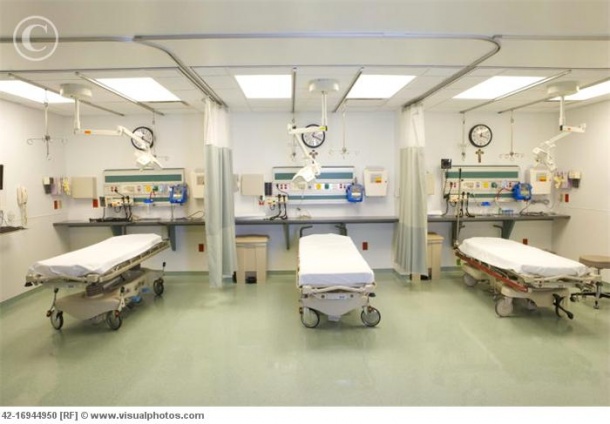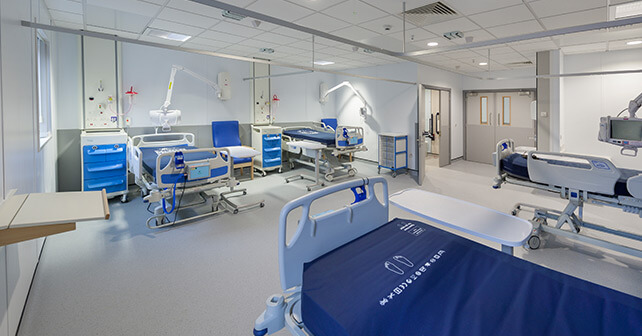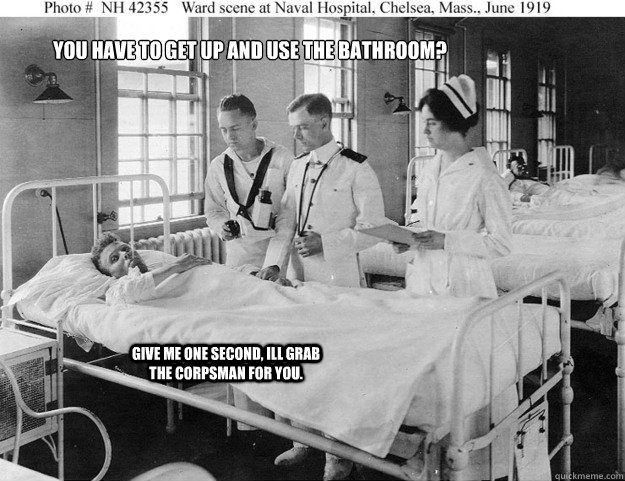
Many Kenyans are at risk of contracting infections at health facilities due to lack of basic sanitation and hygiene. There are also hospital-acquired infections.
World Health Organization says lack of water, sanitation, hygiene, improper handling of waste and improper sloppy cleaning services cause risk of infection in institutions go for healing.
The report, ‘Water, Sanitation and Hygiene in Healthcare Facilities: Practical Steps to Achieve Universal Access to Quality Care’ says the lack of WASH services compromises patients’ safety and dignity.
This lack can also spread antimicrobial-resistant infections and undermine global efforts to improve child and maternal health.

The problem has been identified to be rampant in several district hospitals.
WHO says though some wards observe strict infection prevention routines, these are ignored in other wards.
Once you go into the ward, you remove your lab coat, wash your hands and then get into the unit where you fold your gown. But in other wards, there is no such strict infection prevention routine, you just get in and you start, WHO says.

“It is likely that many more people are served by health care facilities lacking hand hygiene facilities and safe waste management,” the report says.
“WASH services are more likely to be available in hospitals than in other types of health care facilities, and in urban areas than in rural areas.”

The report says without WASH services, patients are put at unnecessary risk of infection.
Healthcare providers themselves lack the facilities and opportunity to demonstrate safe sanitation and hygiene practices that can improve community habits and health, it says.
The report, however, praises efforts to introduce low-cost, portable handwashing stations and drinking water stations. This is coupled with health worker training and visual WASH guides at each water station.
“This is an affordable and effective short to medium-term solution to stop the spread of healthcare-associated infections,” it says.
It has improved access to handwashing with soap at less than Sh20 per individual, and to safe drinking water at less than Sh10 per individual.

The global health agency says it is often possible to implement low-cost interventions using local budgets and expertise.
The report says it’s necessary to help vulnerable populations who, for example, might require gender-segregated toilets, menstrual hygiene facilities, or for those with limited mobility, ramps, handrails, and wide doorways.

The 2014 Kenya Demographic Health Survey reveals that only 17 per cent of households practice handwashing with soap after using the toilet.
Many homes, especially in rural areas, do not have handwashing facilities with water or soap.
It is therefore crucial for all stakeholders to work together to support communities in making handwashing a habit.

The United Nations classifies Kenya as a chronically water-scarce country.
According to the UN, 50 per cent (more than 16 million) of Kenyans do not have adequate sanitation.
More than 90 per cent of the water and sanitation related-disease outbreaks occur in the rural areas and 50 per cent of rural households have no toilet facilities at all. Those that exist are generally unhygienic.

On average, schools have only one latrine per 100 pupils compared with the recommended maximum of 40 pupils per latrine.